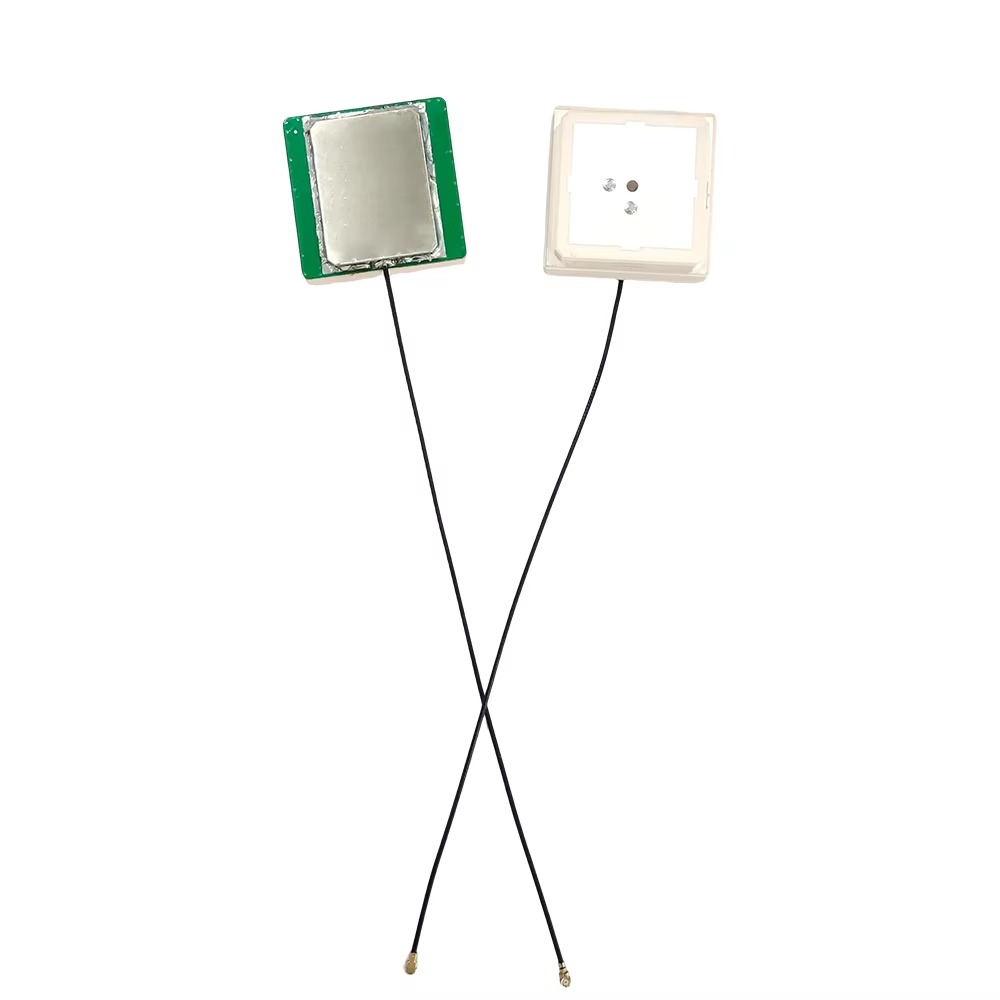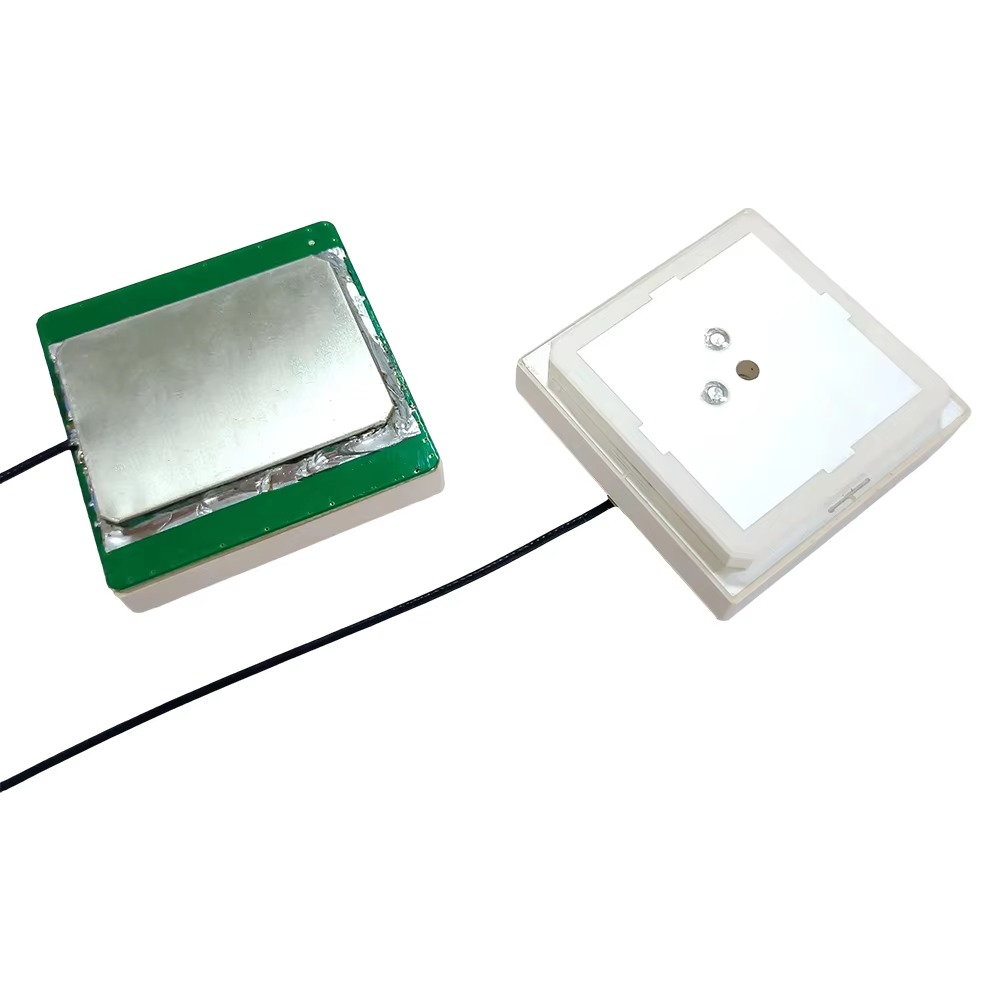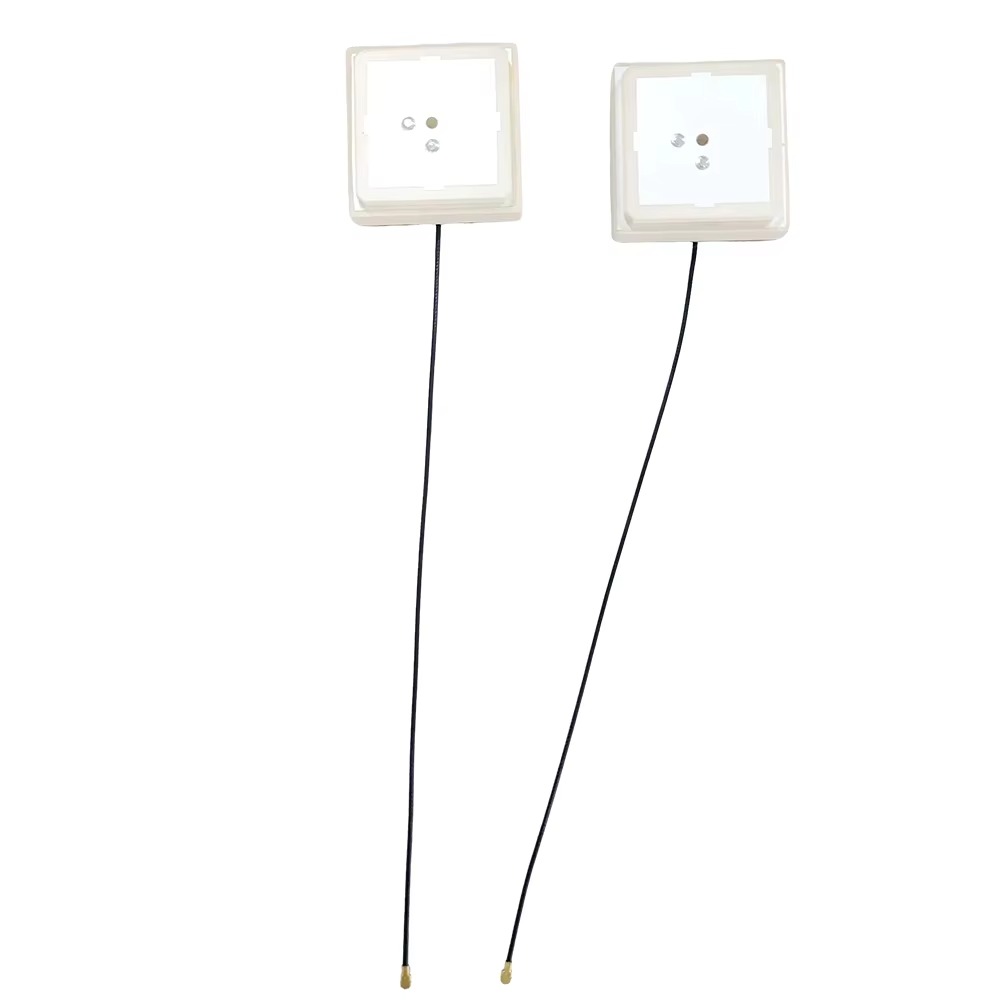The application of GPS RTK antennas has moved far beyond its traditional roots in geodetic control surveys. The democratization of centimeter-accurate positioning has revolutionized numerous industries, each leveraging the stable foundation provided by the antenna.
Applications:
Classical Land Surveying: Establishing control networks, topographic surveying, boundary surveys, and construction layout. This is the core application where reliability and absolute accuracy are paramount.
Construction Machine Control (CMC): Antennas are mounted on bulldozers, graders, and excavators. The machine's blade or bucket position is known in real-time relative to a digital design model, allowing operators to grade to precise specifications without stakes, saving immense time and material.
Precision Agriculture: RTK-guided tractors can drive with 2-3 cm accuracy, enabling automated farming practices like precision planting, fertilizing, and harvesting. This reduces overlap, saves inputs, and increases yield. Here, antennas must be ruggedized for the harsh agricultural environment.
Unmanned Aerial Vehicles (UAVs) / Drones: PPK (Post-Processed Kinematic) and RTK drones use small, lightweight, but highly performant antennas to geotag aerial imagery with centimeter-level accuracy. This eliminates the need for numerous ground control points and enables the rapid creation of highly accurate digital surface models and orthomosaics.
Autonomous Vehicles and Robotics: The development of self-driving cars and outdoor robots relies on GNSS for absolute positioning. RTK provides the necessary accuracy, and specialized multi-band antennas are a key sensor in the sensor fusion system.
Monitoring and Deformation Studies: Arrays of permanent RTK antennas are installed on critical infrastructure like dams, bridges, volcanoes, and landslides. By monitoring their relative positions over time, engineers can detect millimeter-level movements that signal potential failure.
Future Trends:
The future of RTK antenna technology is driven by demands for higher performance, miniaturization, integration, and robustness.
Multi-Constellation, Multi-Frequency Support as Standard: Future antennas will be designed to efficiently receive all current and planned signals from all four major GNSS constellations and augmentation systems (e.g., SBAS). This will maximize satellite availability and further improve reliability in challenging environments.
Advanced Multipath Mitigation: Research continues into new techniques for multipath rejection. This includes adaptive antenna arrays that can electronically "steer" nulls in their radiation pattern towards sources of interference and multipath, and advanced signal processing techniques that can identify and filter reflected signals within the receiver.
Miniaturization of High-Performance Designs: The challenge is to pack the performance of a choke ring into a smaller form factor. This involves using metamaterials—artificial materials engineered to have electromagnetic properties not found in nature—to create high-impedance surfaces that mimic choke rings but are much thinner and lighter. This is critical for drones and consumer applications.
Tighter Integration with IMUs and Sensors: The future lies in sensor fusion. We will see more tightly integrated packages combining a multi-band GNSS antenna with an Inertial Measurement Unit (IMU), cameras, and other sensors on a single board. This provides continuous positioning even during GNSS outages (e.g., in tunnels or under heavy cover) and simplifies system design for OEMs.
Improved Robustness and Calibration: Materials science will lead to more durable radomes and more thermally stable internal structures. Furthermore, the process of antenna calibration may become more accessible or even automated, perhaps through crowd-sourced data or onboard calibration routines.
AI-Enhanced Performance: Artificial intelligence could be used to model an antenna's performance in real-time based on the signals it receives, dynamically adjusting processing parameters to optimize for multipath or interference in its immediate environment.
The trajectory is clear: RTK antenna technology will continue to become more capable, more compact, and more integrated, powering the next wave of autonomous systems and precision applications we have yet to imagine.
Conclusion
In the sophisticated ecosystem of RTK positioning, it is easy to focus on the visible technology—the data collector screen, the receiver box, the radio modem. However, this series has underscored the profound truth that the antenna, often a silent and static component, is the true foundation upon which the entire edifice of centimeter accuracy is built. It is the critical first link in the chain, the gatekeeper of the signals that form the raw material for all subsequent processing.
A high-quality geodetic antenna is not merely a collector of signals; it is an intelligent filter and amplifier. Its design—from the choke rings and radome to the LNA and phased array elements—is a direct response to the physical challenges of capturing faint signals from distant satellites while operating in an electrically noisy and reflective environment. Its most precious property is a stable and well-calibrated phase center, providing a trustworthy reference point for the exquisitely precise carrier-phase measurements that are the lifeblood of RTK.
While the antenna confers tremendous advantages in accuracy, multipath rejection, and reliability, it also demands respect and understanding from the user. Its cost, size, and the absolute necessity of proper calibration are non-negotiable aspects of its operation. Neglecting the antenna's requirements is to undermine the entire survey before it even begins.
As technology advances, the antenna will continue to evolve, becoming smaller, smarter, and more integrated. It will be a key enabler for the autonomous future, from self-driving vehicles to intelligent farming and construction equipment. Yet, its core mission will remain unchanged: to faithfully transduce electromagnetic waves into a clean electrical signal, providing a fixed point in a changing world from which all else can be measured. In the pursuit of precision, the investment in and understanding of the GPS RTK antenna is, therefore, the most fundamental investment a surveyor can make.




































































 Language
Language
 En
En Cn
Cn Korean
Korean

 Home >
Home > 







 18665803017 (Macro)
18665803017 (Macro)













